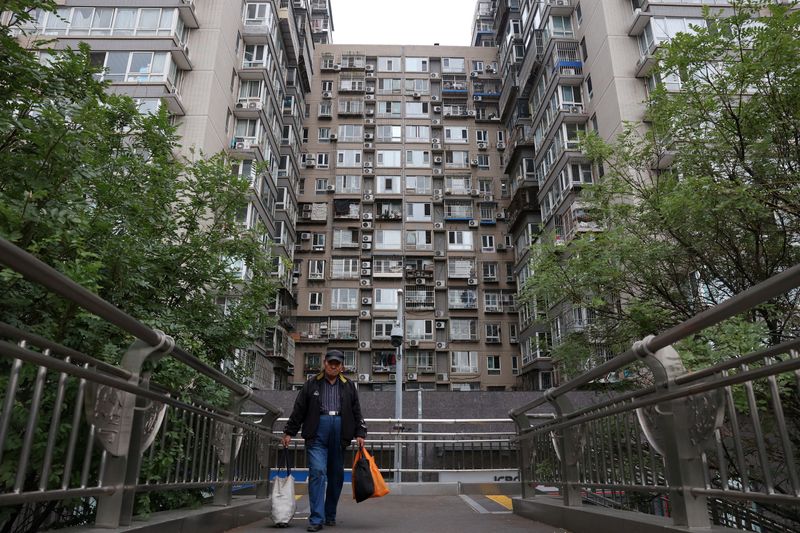The Chinese real estate market is experiencing a notable change as new home prices registered an accelerated increase throughout October, reflecting the peak house-hunting season. According to a private survey from the China Index Academy, the average price across 100 cities increased by 0.29% month-over-month, a significant rise compared to the previous month’s 0.14%. Year-over-year, the average price growth also improved to 2.08% from 1.85% in September. This uptick in prices is seen as a positive sign amidst a prolonged downturn that has gripped the market since 2021, marking a shift in the dynamics of China’s economy where property once contributed to a quarter of its activity. Recent government measures intended to support the real estate sector appear to be having a preliminary impact, hinting that localized economic recovery could become a reality.
The Chinese authorities have implemented a slate of properties easing measures aimed at rejuvenating the beleaguered housing market. Among these initiatives, the down payment ratio for all types of housing was lowered to 15%, alongside adjustments in home purchase limitations. These changes have seemingly spurred some uptake in key cities, notably in mega city Shanghai, where house prices experienced a month-on-month surge of 1.09%. Nevertheless, the revival scene is markedly different in smaller cities, which continue to struggle amid a backdrop of hesitancy from potential buyers. The aggregate average price for new homes in these smaller regions fell slightly (0.02%) from the previous month, underscoring a broader skepticism that plagues the real estate market, particularly in less populous areas.
Despite the regulatory support, challenges persist. The volume of new homes sold by value saw a steep decline of 34.7% year-on-year from January to October. However, the month of October offered a glimmer of hope, registering a 10.53% rise in sales on a month-over-month basis, signaling that the recent interventions may have catalyzed a shift in market sentiment. Furthermore, data from the housing ministry indicated that total homes sold—combining both primary and secondary market transactions—rose 3.9% in October compared to the previous year. Such figures represent the first annual increase since February and demonstrate the gradual recovery in the housing sector fueled by collective efforts to stimulate demand.
The disparity in performance between top-tier and smaller cities highlights a potential issue in the sustainability of recent gains. Economists from Nomura have suggested that the observable uptick in major urban areas may primarily result from pent-up demand linked to the easing measures rather than a fundamental resurgence in buyer confidence. Their research warns that such a demand spike may not be sustainable in the long term since previous short-lived recoveries have shown that immediate interest does not always lead to a lasting market improvement. Thus, the specter of a stable bounce-back in new home sales remains speculative amidst a landscape of ongoing economic uncertainties.
To effectively reverse the ongoing property slump, especially within lower-tier cities, the successful delivery of homes that have already been pre-sold must be prioritized. Economists stress that without the timely completion and handover of these properties to buyers, all the stimulus measures introduced may struggle to achieve the desired outcomes. Direct funding support from the central government remains a focal point for revving up the market’s potential. It is believed that fostering confidence among developers and ensuring that they can deliver on their projects will play a critical role in solidifying any recovery trajectory.
In summary, the current developments in China’s real estate sector signal a tentative shift towards recovery. The positive growth in new home prices and sales volume in major cities can be seen as a response to recent government interventions. However, the dichotomy between the behaviors of larger metropolitan areas versus smaller cities raises important questions about sustainability and long-term growth. Continued efforts will be necessary to bolster confidence and stabilize the sector, especially in addressing the needs of buyers in lower-tier cities. As China navigates through this multifaceted economic challenge, closely monitoring market trends and the efficacy of policies will be crucial in determining the trajectory of the real estate industry moving forward.

